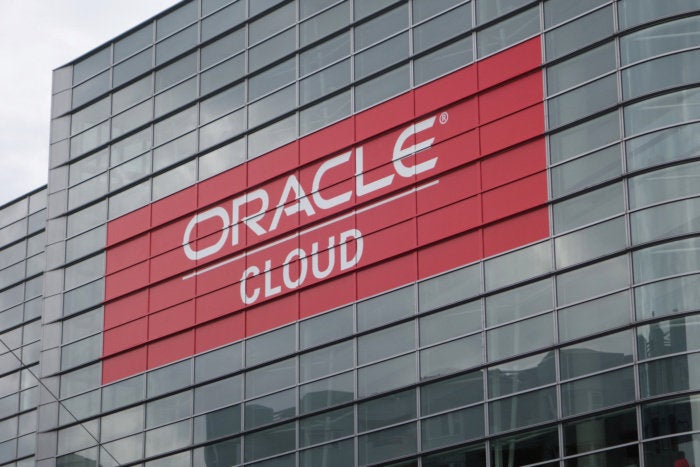- Phone theft is on the rise - 7 ways to protect your device before it's too late
- 최형광 칼럼 | 데이터는 더 이상 정제되지 않는다
- First $1B business with one human employee will happen in 2026, says Anthropic CEO
- AWS no longer offering private 5G, cedes field to established industry players and carriers
- Agentic AI, LLMs and standards big focus of Red Hat Summit
Oracle commits to Arm in the cloud

Oracle is not the first name in cloud computing, but never let it be said Larry and company don’t try. It is making a big push with its Oracle Cloud Infrastructure (OCI) by offering Arm processor instances and new initiatives with the open-source community.
The new instances are powered by Altra, Ampere’s 64-bit Arm processor, and are priced at 1 cent per core hour, which Oracle claims is the lowest price/performance available when compared to any x86 instance on a per-core basis.
Oracle is offering flexible virtual-machine sizing from one to 80 cores and one to 64GB of memory per core or as a bare-metal service with 160 cores (two 80-core Ampere Altras) and 1TB of memory. Customers can now deploy Arm-optimized applications on containers, bare-metal servers, and virtual machines in the Oracle public cloud, or Dedicated Region Cloud@Customer.
To attract developers, Oracle offers a free tier of use consisting of four cores and 24GB of RAM. “With four cores and 24 gigabytes of RAM, you can deploy Kubernetes class, you can employ several of the solutions that are available, and templates from the developer sites. That should be get users up and started [faster] relatively speaking to anywhere else in the industry,” said Matt Leonard, vice president of compute for Oracle Cloud Infrastructure.
Oracle is making much of its development stack available on the A1 instances, including Oracle Linux, Java, MySQL, GraalVM, and the Oracle Container Engine for Kubernetes (OKE) service. Oracle is also supporting some of the most popular developer tools. Teams using the Oracle Cloud can now deploy GitLab, GitHub or Jenkins by using a “Deploy to Oracle Cloud” button.
Oracle also announced that it is joining the Continuous Delivery Foundation (CDF), an open source, vendor-neutral community for sustaining Continuous Integration/Continuous Delivery open source projects.
Cores Over Threads
In terms of benchmarks, when running x264 video encoding workloads on OCI Ampere A1, Oracle said it gained up to a 10% performance increase, and up to a 22% price-performance benefit compared to x86 based systems. For NGINX reverse proxy workloads on OCI Ampere A1, Oracle saw up to a 46% performance increase, and up to a 62% price-performance benefit compared to x86 based systems.
In my conversation with Ampere the other day they emphasized cores over threads for reliable, steady performance, and Oracle is onboard with that. “What we’ve seen in the performance testing that we’ve done, when we tried to emulate noisy-neighbor effects, is that we see the Ampere Ultra core scales linearly as you add threads to a workload, whereas like what we’ve seen on other x86 processes is a drop off,” said Leonard.
In the media encoding workload described above, Oracle found that frames per second on the Ampere scale linearly whereas x86 processors leveled off. “As we scaled up the number of threads, we saw that the Ampere actually outperformed the x86 and consistently continued to excel,” he said.
Leonard said this does not affect Oracle’s x86 products like Exadata and Exalogic. Oracle has customers who want to be on x86, and the choice is going to be somewhat workload-dependent. “Arm is not gonna be a solution for everyone for everything, right? And part of what we’re going to learn and document for our customers over time is like, what’s the best fit for your workload?” he said.
Copyright © 2021 IDG Communications, Inc.

